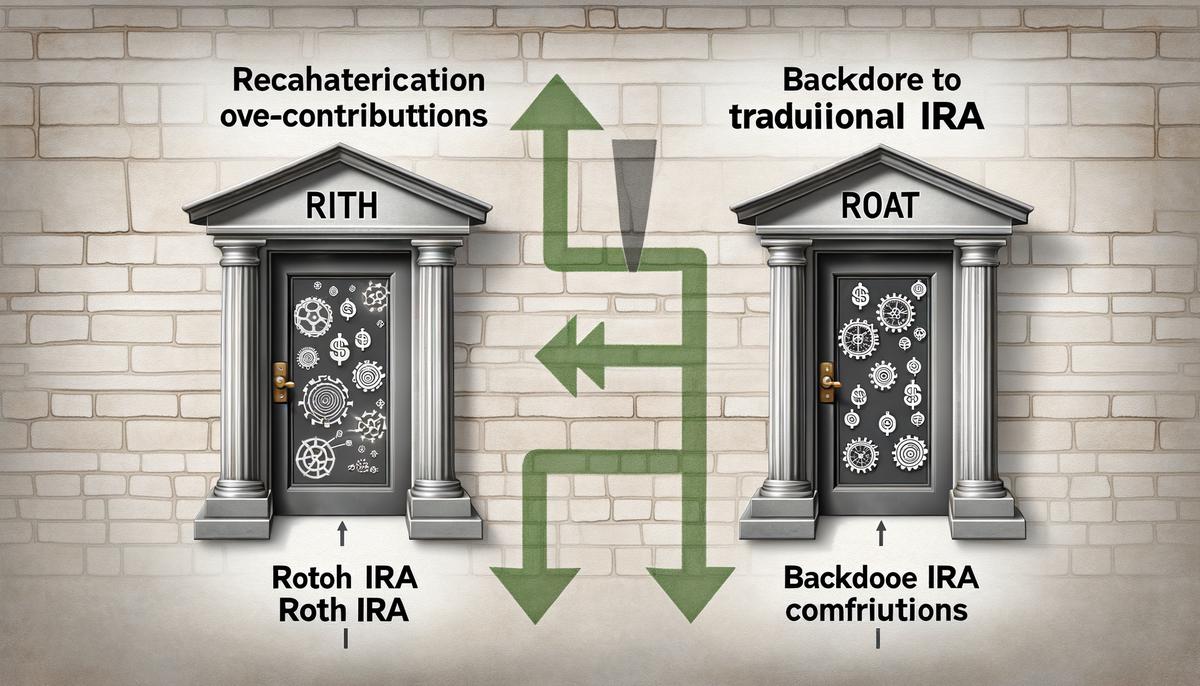When it comes to saving for the future, knowing the rules can make a big difference. This article will explore the income requirements for contributing to a Roth IRA, an important tool many people use to prepare for retirement. Understanding these guidelines is crucial for anyone looking to make the most out of their savings and ensure they’re on solid ground as they plan ahead.
Income Requirements for Roth IRA Contributions
Eligibility for contributing to a Roth IRA is primarily determined by an individual’s modified adjusted gross income (MAGI) and tax filing status. As of the latest guidelines, single filers or those who are married filing separately (and did not live with their spouse during the year) must have a MAGI of less than $144,000 to contribute up to the full limit to a Roth IRA, with a phase-out starting at $129,000. Married couples filing jointly have a higher threshold, with full contributions allowed for a MAGI up to $214,000, and phase-out beginning at $204,000. It’s worth noting that contributions to Roth IRAs are made with post-tax dollars, meaning the contributor has already paid taxes on the money they invest.
Furthermore, any individual with earned income can contribute to a Roth IRA, but there are age considerations to be aware of. While there is no minimum age requirement, meaning even children with earned income can contribute, there is also no age limit for contributions—as long as the individual has earned income. This distinguishes Roth IRAs from Traditional IRAs, which do not allow contributions past the age of 70 ½. Contributions are capped at a set amount each year; however, individuals aged 50 and over can make additional “catch-up” contributions. It’s critical for potential contributors to understand their eligibility and contribution limits to maximize their retirement savings efficiently and legally.

Consequences of Exceeding Roth IRA Income Limits

Making sure you stay within the income limits for Roth IRA contributions is more than just following rules—it’s about making smart choices that benefit your financial future. By keeping informed about these guidelines and adjusting your contributions accordingly, you can avoid unnecessary penalties and maximize your retirement savings. Remember, every step taken today towards understanding and applying these principles is a step towards a more secure and comfortable retirement.
Automate your content with Writio, the smart AI content writer. This article was crafted by Writio.
Leave a Reply